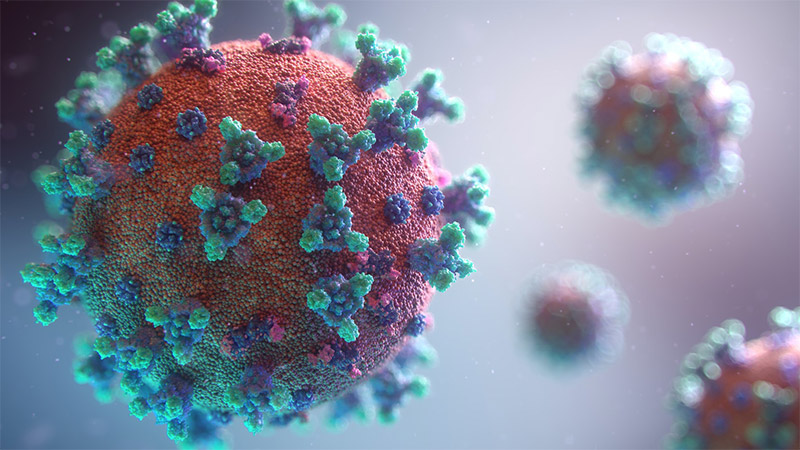
In the Northern hemisphere, the cold and flu season is about to start. Most years that means people schedule flu shots, dust off chicken soup recipes and stock up on tissues. If they start to feel sick, they stay home for a day or two, drink hot tea, eat warm soup and—for the most part— go on with their lives.
This is not, however, most years. This year the world is battling a pandemic virus, SARS-CoV-2. Symptoms of COVID-19, the disease caused by this virus, mirror those of the flu and common cold, and that overlap in symptoms is going to make life more complicated. Most years, a mild cough or minor body aches wouldn’t even warrant a call to the doctor. This year these, and other undiagnosed cold- and flu-like symptoms, won’t be easily ignored. They could mean kids have to stay home from school, and adults have to self-quarantine from work, for up to 2 weeks. In years past people might have been comfortable treating their symptoms at home, this year people will want answers: Is it the flu? Or is it COVID-19?
Since treatment decisions and the performance of contact tracing may differ depending on if someone has a cold, the flu, or COVID-19, healthcare providers and public health professionals will need a way to distinguish influenza infections from those infected with the more serious SARS-CoV-2. The RT-PCR tests for the SARS-CoV-2 virus, while essential for managing the pandemic, cannot offer the clarity needed around other causes of symptoms or illness. The volume of samples being sent for testing will only increase. And with the priority being COVID-19 testing, there could be significant delays in testing samples for additional pathogens such as the influenza A and/or B viruses, leaving people in limbo as they wait for results. Implementing multiplexed assays such as the CDC Influenza SARS-CoV-2 (Flu SC2) Multiplex Assay (1,2), which has received Emergency Use Authorization (EUA) from the U.S Food and Drug Administration (FDA), could help eliminate these delays and mitigate the testing burden on labs.
For more about viral assay development read: Considerations for PCR-Based Viral Assay Development
Multiplex PCR assays work by amplifying products from more than one target in a single reaction. Depending upon the assay design, the amplified products are tagged by a fluorescent primer and differentiated on a capillary electrophoresis instrument, or detected by signal using fluorescently labeled probes that are detected on a real-time PCR instrument. By utilizing either fluorescent primers or probes that emit signals at different wavelengths, the amplified products can be detected, and differentiated, in the same reaction. This decreases the time from sample to answer, and by obtaining multiple answers from a single sample run, healthcare providers can respond more quickly.
The EUA for the CDC Influenza SARS-CoV-2 (Flu SC2) Multiplex Assay includes numerous extraction instruments and kits and was recently updated to include the Maxwell® RSC 48 and Maxwell® CSC 48 instruments as well as the Maxwell® Viral Total Nucleic Acid Kit. By expanding the list of extraction instruments and methods, more laboratories will be able to implement the test and process samples more quickly.
The coming months will see an increase in the number of people experiencing symptoms that could be related to SARS-CoV-2 infection. As medical and public health professionals try to differentiate between those with the flu and those with COVID-19, the increase testing demand could overburden already strained testing facilities. By multiplexing the detection of SARS-CoV-2, influenza A and B, laboratories can streamline workflows, conserves precious samples and reagents while also accelerate the reporting of more complete results.
References
- https://www.cdc.gov/coronavirus/2019-ncov/lab/multiplex.html
- CDC Influenza SARS-CoV-2 (Flu SC2) Multiplex Assay, Instructions for Use https://www.fda.gov/media/139743/download
Learn more about our products to support Viral Research, Vaccine and Therapeutic Development.
Related Posts
Kelly Grooms
Latest posts by Kelly Grooms (see all)
- The Battle of Shiloh’s Angel’s Glow: Fact, Civil War Legend or Modern Myth? - July 11, 2024
- Mind Control, Mutilation and Death. The Fungal Fate That Lurks in Waiting for Emerging Periodical Cicadas - June 13, 2024
- Measles and Immunosuppression—When Getting Well Means You Can Still Get Sick - May 13, 2024
